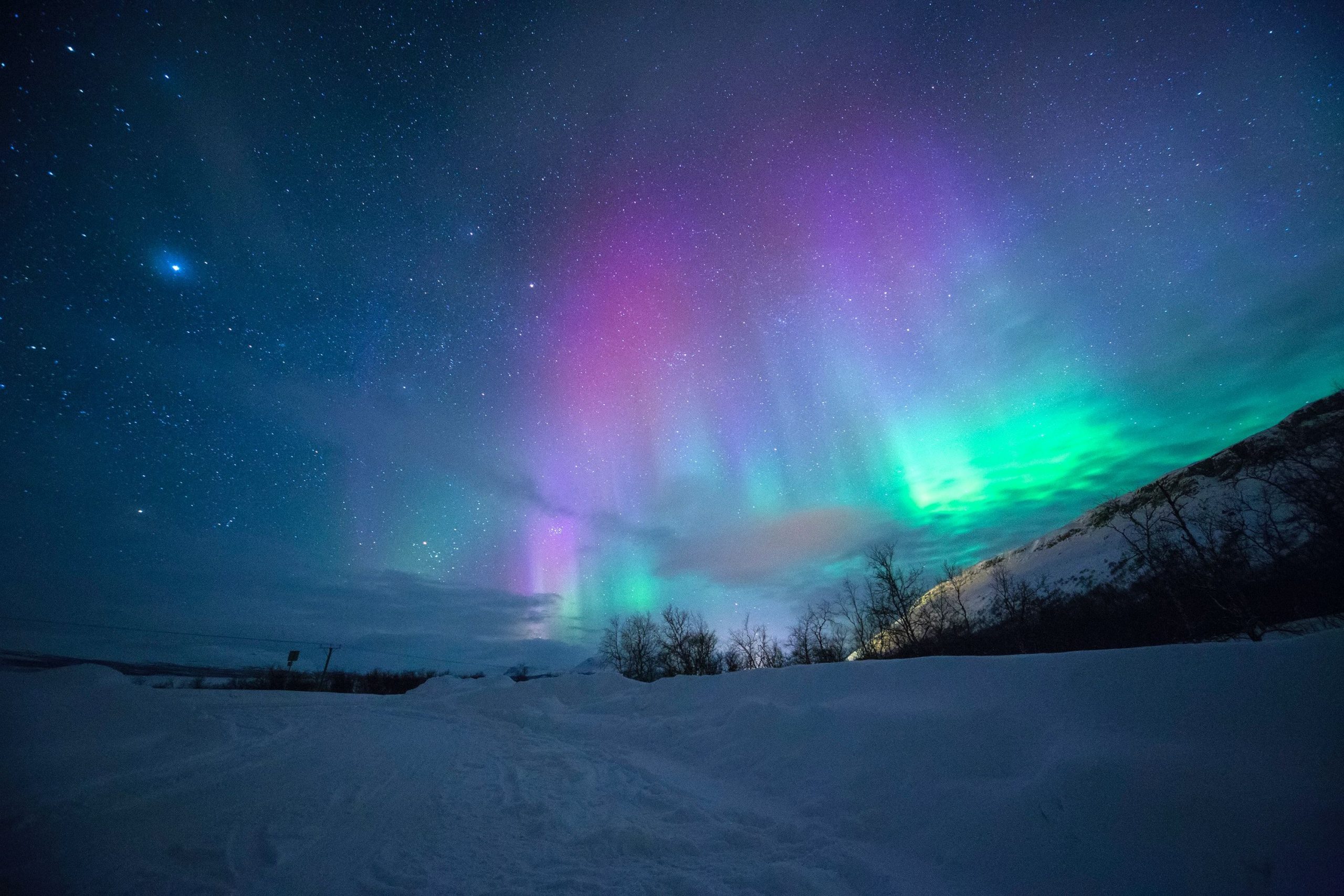A geomagnetic storm is a big disturbance of Earth’s magnetosphere that happens when there is an exchange of energy from the solar wind in the space environment that surrounds Earth.
These storms come about due to the variations in the solar wind. Due to the variations, the solar wind exudes major changes in the currents, plasmas, and fields in Earth’s magnetosphere.
Geomagnetic storms that are created by solar winds are sustained by long periods of high-speed solar wind. Also, a southward-directed solar wind magnetic field at the dayside of the magnetosphere is also required for the geomagnetic storm to be created.
Magnetic storms have two basic causes:
– Sometimes, the Sun exudes a strong flow of solar wind called a coronal mass ejection. This heavy gust of solar wind disrupts the Earth’s magnetic field’s outer surface, which in turns, undergoes a complex oscillation.
Due to this, associated electric currents are generated in the near-Earth space environment. That, in turn, produces extra magnetic-field variations, known as ‘magnetic storm’.
or
-Sometimes, the magnetic field of the Sun directly connects with the magnetic field of Earth. In a normal state of affairs, the connection is not normal. However, when it occurs, charged particles can travel along magnetic-field lines and can enter the magnetosphere. After entering, it may generate currents and force the magnetic field to undergo a variation.
During the storms, the ionosphere currents along with the energetic particles may increase the density in the upper atmosphere, prompting an extra effect on satellites in low-earth orbit.
The storms also result in massive changes in the magnetosphere currents. In space, it creates a ring of westward current around Earth that produces magnetic disturbances on the ground.
Even though the storms may witness the creating of beautiful auroras, they can also result in harming the navigation systems such as the Global Navigation Satellite System (GNSS) and cause geomagnetic induced currents (GICs) in power grids.







